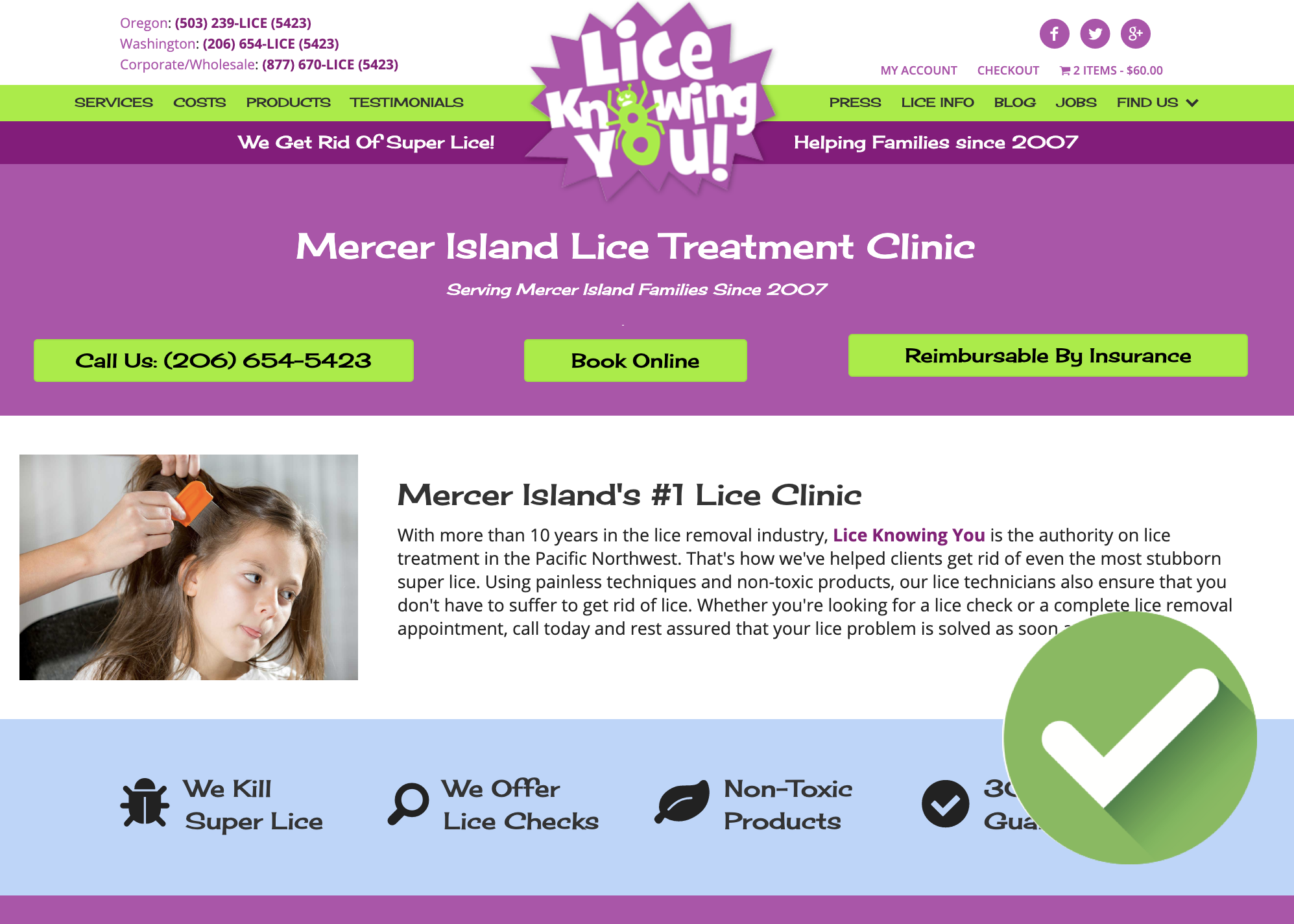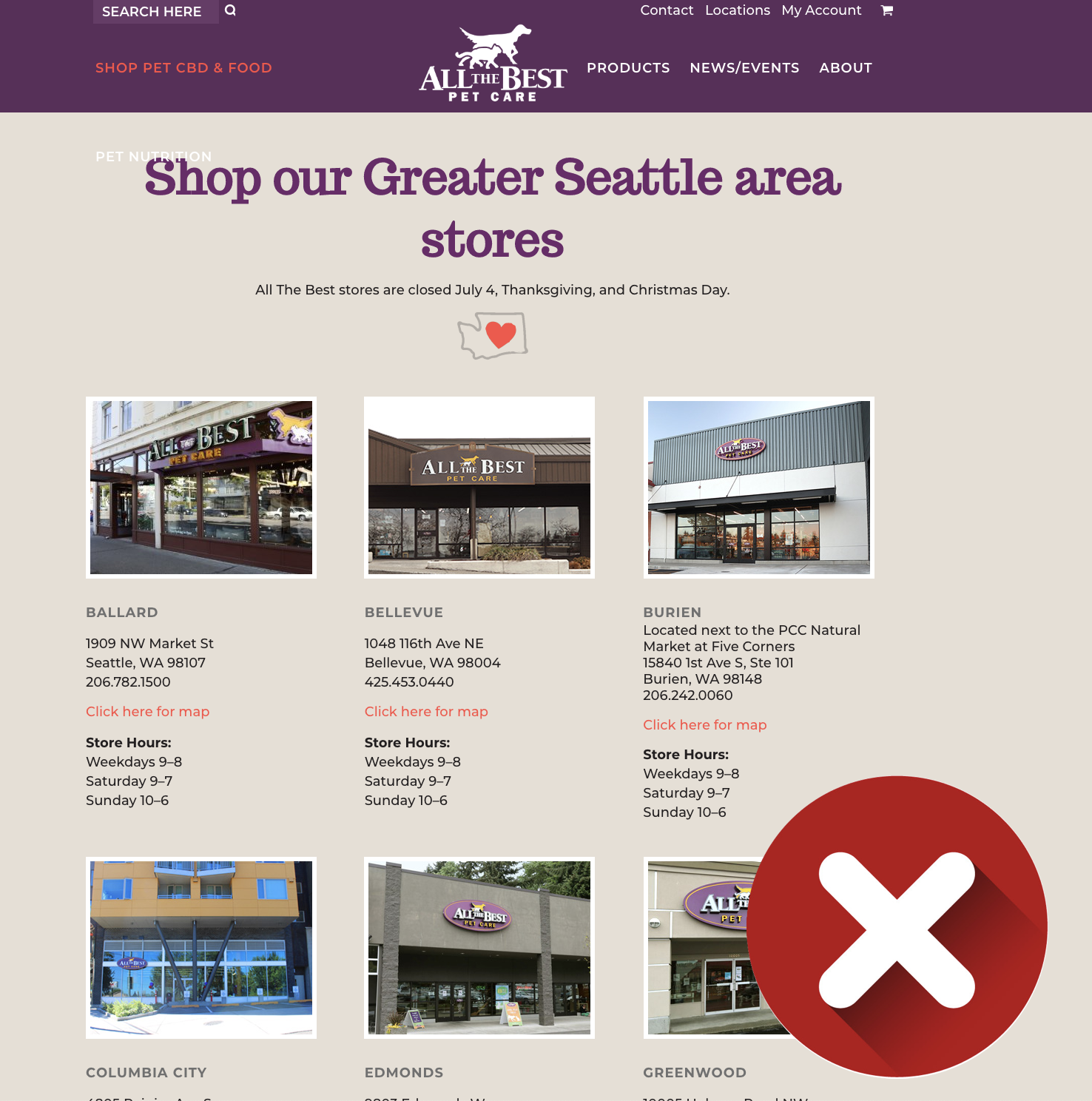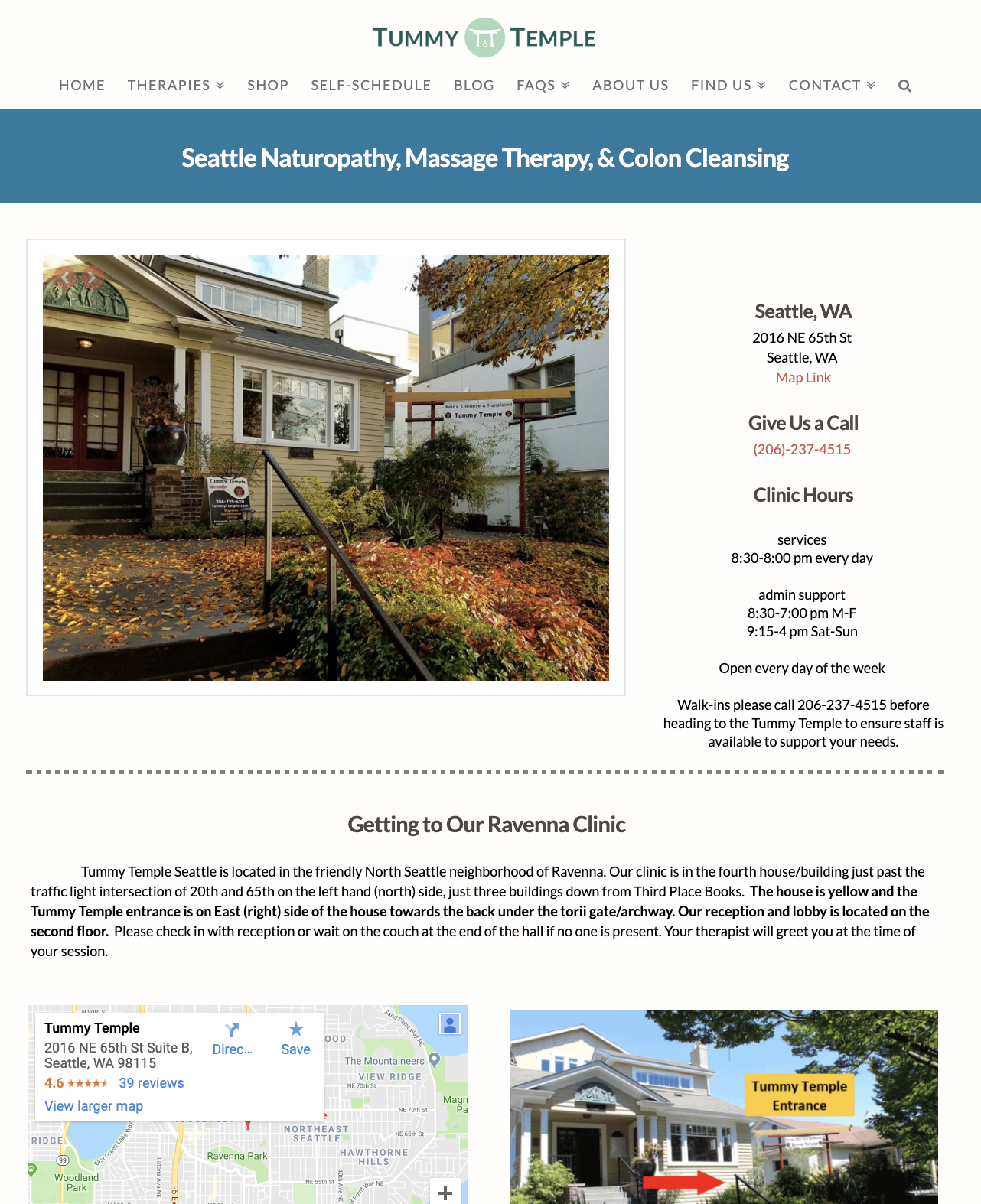Have a specific service in mind or looking to share more about your project goals? Fill out the form on this page and one of our sales specialist will get back to you ASAP.
When I was ten, I almost met Johnny Depp. My family was in Disneyland on vacation, and it just so happened that the second Pirates of the Caribbean movie was premiering the same weekend. To celebrate the movie’s release, there was a red carpet event scheduled for Mr. Depp just outside the eponymous ride. As a Pirates fan, I was determined to get an autograph from Captain Jack Sparrow himself. But the crowd was impenetrable. Try as I might, the throng of people lining the carpet was too dense and loud for me to get Johnny’s attention.
SEO often reminds me of this: trying desperately to get noticed amidst a pack of competition. Getting ranked by Google – the Johnny Depp of search engines – can be especially tough for small businesses who are up against larger competitors with bigger budgets. Luckily, small businesses have more tools in their arsenal than a ten-year-old at a red carpet.
For multi-location businesses, one of the most important things you can do to boost your rankings is to make individual location pages, one for each of your business locations. This is counter to what a lot of businesses do, which is to place all their location information on a single page – a phenomenon I will refer to as the “info-dump location page.” In this post, I’ll explain why separate, individualized location pages are a 👍, and why single, info-dump pages are a 👎. The Individual-Location Page.
I. Info-Dump Location Pages Lack Optimization
II. Individual Location Pages – Google Friendly, User-Friendly
III. Citation Station, What’s Your Location?
 The Info-Dump Page
The Info-Dump Page
With on-page SEO, the most critical elements are the H1 tag, title, and meta description of a page. These are the aspects of your page that Google draws on most when assigning a rank (which is why some refer to them as the Holy Trinity of Keyword Optimization). So, naturally, you want to put your keywords in each of those areas.
Now, it’s true that your keywords are the most relevant, highly searched words describing your business. But to get ranked for a specific area, your location should also be a keyword you include.
With this in mind, let’s return to the idea of the info-dump location page, an example of which is pictured below. Let’s say you run a nail salon with three locations: Seattle, Tacoma, and Bellevue. At first, it may seem like you can shove your main keyword (nail salon) and your three location keywords (Seattle, Tacoma, and Bellevue) into the meta description of your info-dump location page. But what about the page title? That sucker’s only got room for 60 characters, which leaves you and your bulky title SOL.
For the sake of argument, let’s take it one step further. This time, you’re Blockbuster circa 2014 and you’ve got 50 locations (a simpler time!). With so many location keywords, there’s absolutely no way you can fit them all in the meta description, title, or H1. So, you resort to using “Locations,” or the only marginally better “Movie Rental Store Locations.” The result? No local SEO benefit to speak of.
With individual location pages, you can include your location keyword in the oh-so-important Meta Description and Page Titles:
With info-dump pages, not so much:
We’ve established that pages listing all location information don’t allow you to take advantage of the Trinity of Keyword Optimization. So, naturally, individual pages that focus on only one location remedy this issue. That nail salon of yours? With a single page dedicated to each location, you can include the location keyword (e.g. “Seattle”) in each of the meta, title, and H1. As a result, Google is far more likely to rank the page for searches in Seattle.
Separating location pages is also a big plus for user experience. Can you imagine scrolling down a page with 50 different business addresses? I mean, I’d do anything to bring Blockbuster back, but not if they did that. Separated, individual location pages are cleaner, easier to use, and thus result in a higher conversion rate.
Individual location pages also improve user experience by directing users straight to the page they are looking for. Take our client, Lice Knowing You, for example. They have offices in Seattle, Bellevue, Federal Way, Mercer Island, Portland and Beaverton. Chances are that if you’re looking for the one closest to you, you’ll add the city in the search: “lice treatment seattle”. If you set up your location pages properly, the Seattle page will rank first, which makes it that much easier for a customer to find the contact information and business hours they were looking for.
Another benefit to this approach is the local improvement you get from cleaning up your location information across the web. The more consistent your location information (Address, Phone, etc.) is across the web, the more confidence Google has that this is accurate, and thus the more likely Google is to rank your site higher.
Your location pages are one place Google looks to cross-reference the data it finds across the web. They provide an additional avenue to show Google crawlers where your business operates, how to call you and what your hours are. So, breaking your location information onto separate pages makes it easier for Google to check citation data.
As with many Local SEO tactics, the concept of individual location pages for your multi-location business site is very logical. But not everyone understands the reasoning behind doing this. As a result, they wind up with an un-optimized info-dump page that isn’t doing much for them.
 So, now that you’re armed with the location page principle, there’s just one thing left to do: build those pages! (Unless you’ve already done that, in which case, kudos). When building location pages, flesh them out with as much location-specific content as possible (e.g. directions that include landmarks, profiles of staff at that location, location-specific testimonials). But this doesn’t mean you have to write a novel. The location page we built for another client, a Seattle naturopathy clinic (pictured at right) hits all the marks without going overboard. As long as you make it clear that your page is associated with a location, you’ll be golden.
So, now that you’re armed with the location page principle, there’s just one thing left to do: build those pages! (Unless you’ve already done that, in which case, kudos). When building location pages, flesh them out with as much location-specific content as possible (e.g. directions that include landmarks, profiles of staff at that location, location-specific testimonials). But this doesn’t mean you have to write a novel. The location page we built for another client, a Seattle naturopathy clinic (pictured at right) hits all the marks without going overboard. As long as you make it clear that your page is associated with a location, you’ll be golden.
Additionally, you might want to consider adding Multi-Location Local Business schema to your sparkling new location pages. For those unfamiliar with schema, it is essentially a piece of code embedded on your page that tells Google explicitly what information is on your page. Implementing it may require some knowledge of code or help from a developer. If you are able, adding Multi-Location Business schema provides yet another area to mention your address.
Building thoughtful, well-crafted location pages may take some time. But invest a few hours, and you’ll be one step closer to getting ranked higher by that fickle and unruly beast, Google.
. . . .
Our Website Developers at Odd Dog have over a decade of experience building websites optimized for SEO. If you need a trustworthy SEO company that offers a variety of Marketing Packages for Small Businesses to suit any need and budget, give a call!
Please use the calendar to the right to book an initial meeting with our sales team.
Have a specific service in mind or looking to share more about your project goals? Fill out the form on this page and one of our sales specialist will get back to you ASAP.